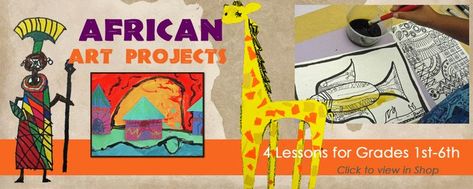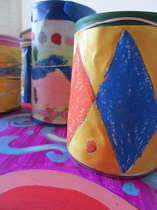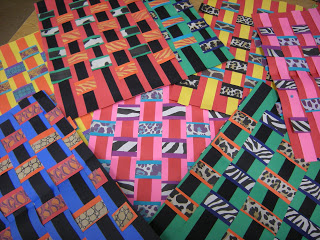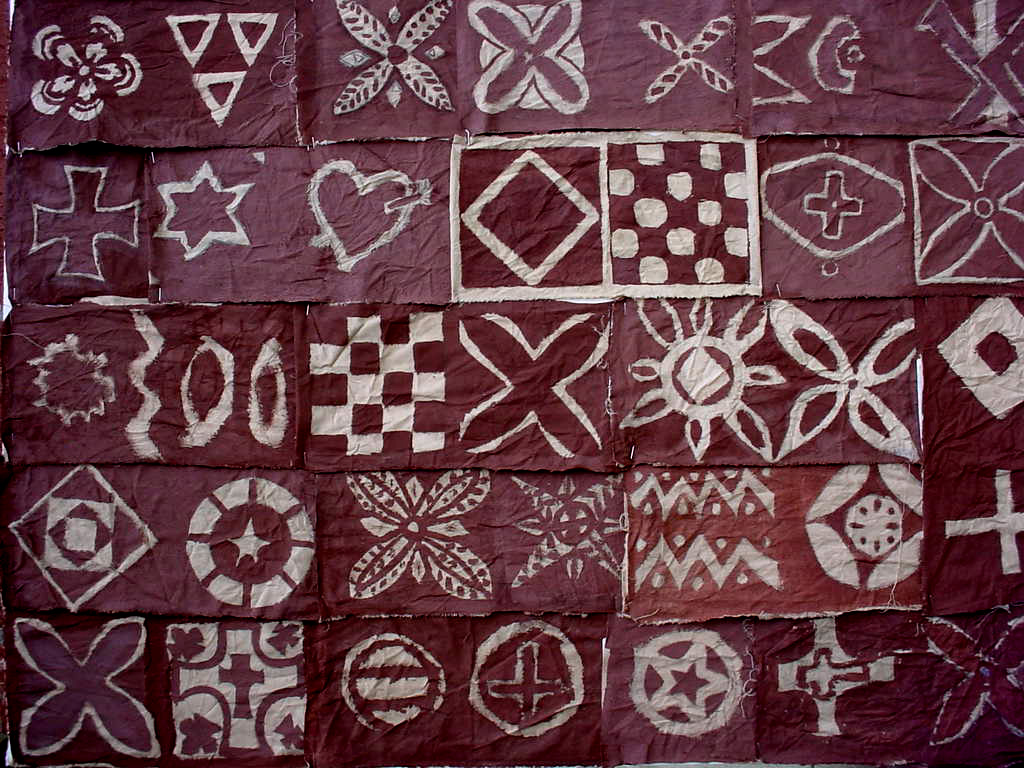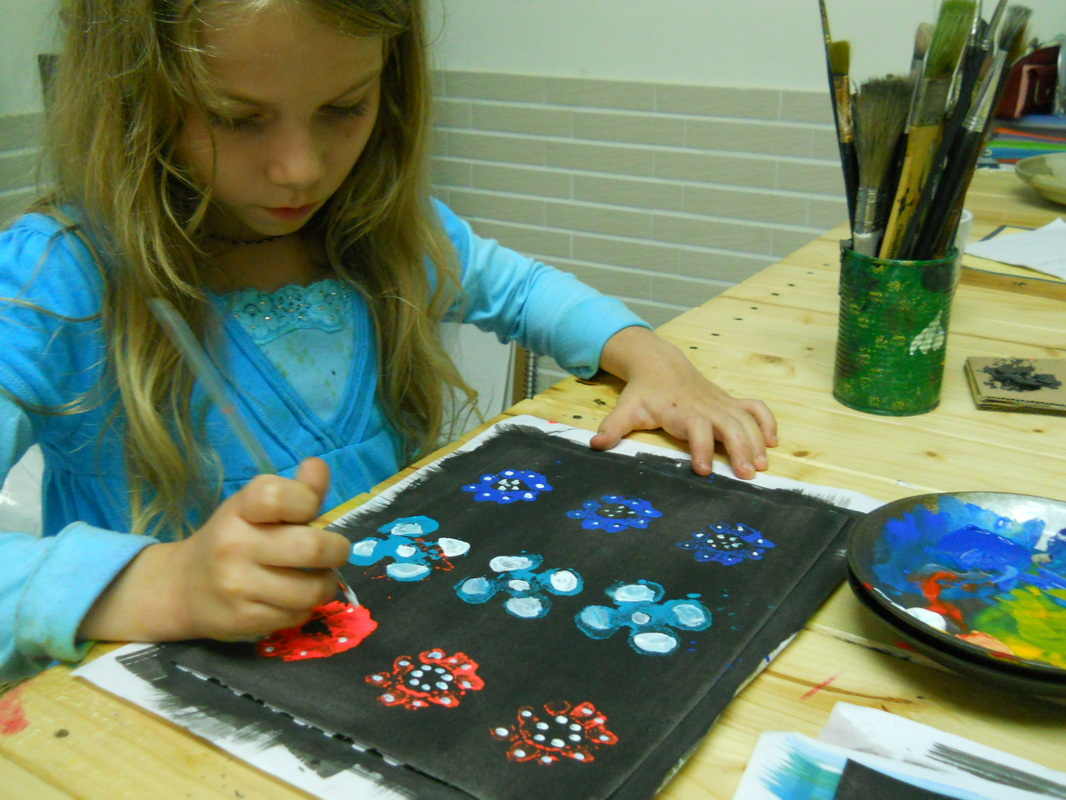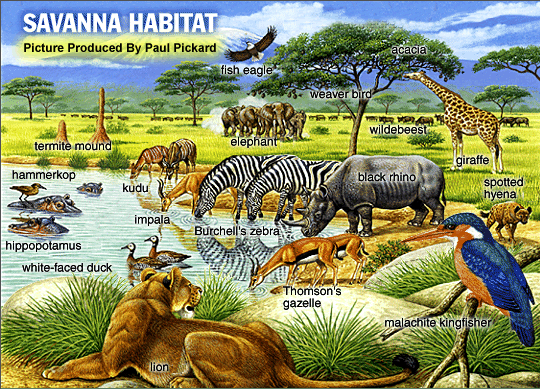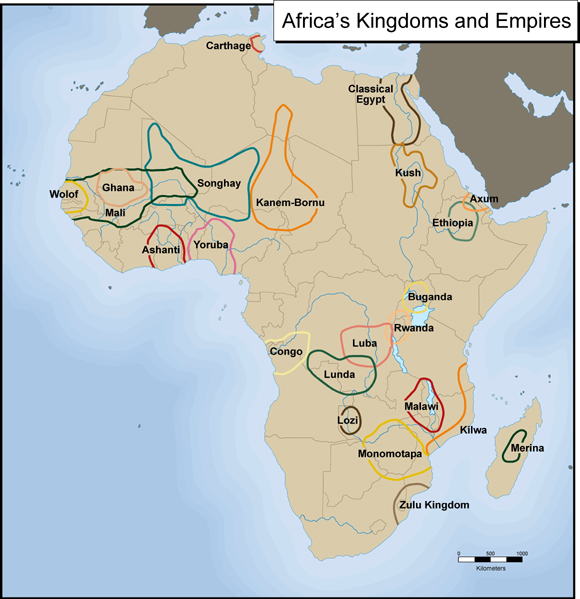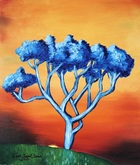AFRICA Continent unit Study
|
|
Our travels will take us to: Egypt, Kenya, Uganda, Sudan, South Africa and Niger
This study includes inspiring information on a variety of different countries in AFRICA and focuses on Geography, Science and Art lessons. In addition we are including short biographical studies of famous people who made a difference in African countries. Designed to be more than just geography lessons; this study will encourage thought provoking questions about the culture, regional differences and world interaction. |
Geography and Country Facts
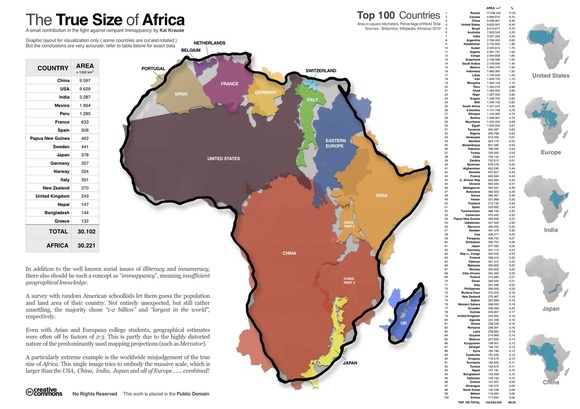
The continent of Africa covers nearly 12 million square miles (31 million sq. km).
How big is that, you wonder?
It's BIG! Africa could hold the land occupied by China, India, Europe, Argentina, New Zealand and the continental United States, with room to spare!
You've probably heard of some African countries...places like Egypt, Nigeria and Kenya.
However, Africa is divided into over 40 different countries!
Here are some quick facts to add to your notebook pages:
How big is that, you wonder?
It's BIG! Africa could hold the land occupied by China, India, Europe, Argentina, New Zealand and the continental United States, with room to spare!
You've probably heard of some African countries...places like Egypt, Nigeria and Kenya.
However, Africa is divided into over 40 different countries!
Here are some quick facts to add to your notebook pages:
- Africa is the second largest continent
- The equator runs through the middle of Africa
- Africa is surrounded by the Atlantic and Indian Oceans
- Africa has deserts, rain forest, and grassy savannas
- It has the largest desert and the longest river in the world
This unit study will focus on several different countries as they relate to our history lessons. Many resources will be included to help you with additional country studies! Honestly I would LOVE to explore the entire continent and all 50 plus countries but at this time we can't..however, there is a wonderful resource at TeachersPayTeachers.com of a complete unit study of all the countries. We just might have to pick it up for summer learning.
- find more resources at St Aiden AFRICA
- Here's a printable with maps and labels
- Free Printable of African Flags, part 2 African Flags
Language
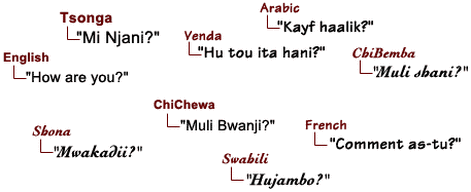
As of 1993, African people used more than 800 languages and regional varieties of a language, or dialects. We listened to the following languages:
Arabic - spoken and written alphabet
Swahili - upbeat song to help you learn greetings
French
But only 10 or so of those languages are spoken by cultural groups of more than a million people. In fact, most African languages are used by groups of fewer than 100,000 people.
Arabic - spoken and written alphabet
Swahili - upbeat song to help you learn greetings
French
But only 10 or so of those languages are spoken by cultural groups of more than a million people. In fact, most African languages are used by groups of fewer than 100,000 people.
ARTS and CRAFTS: free art and activities for Africa Unit Study
visit our pinterest board African Art for more inspiration!
|
Kente Cloth Paper and Yarn Weaving
Kente cloth is made by the Ashanti people. There are over 300 different designs. Colors are chosen for their symbolic meanings. Blue = love Green = growth and health White purity and balance It was originally only worn by royalty now it's the most popular and best known of all African Fabrics. |
African clothing
Make your own Bogolanfini Virtually. Here's an ART Teacher's sample of mud cloth painted on brown paper with limited palettes browns whites and black. This african mud cloth is made by the Bamara people of Mali. Its an intricate process. Cotton is hand spun and woven into long strips on a loom. The cloth is soaked in a special solution made from pounded leaves of the bogolon tree. It turns the cloth yellow. Dyes made from iron rich mud is applied in lines, circles and zigzags and oval shapes. The final step bleaching turns cloth from yellow to white. Geometric designs of mud cloth stand out on its white background every pattern has a meaning. |
Adinkra is printed or stamped cloth from PBS zoom
Here's a the Cur Family Blog with pictures of the activity |
MUSIC
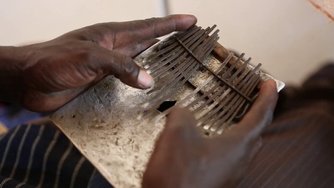
Dance, music, and story-telling are among the ancient art forms that have flourished for many centuries in Africa. Music and dance are terms that we will use to denote musical practices of African people.
African music, which is nearly always coupled with some other art form, expresses the feelings and life of the entire community. The sound of feet pounding the ground becomes the rhythm of the music whose notes are in turn transformed into dance steps.-Francis Bebey (African Musician and Scholar)
Broadly speaking, there are both similarities and differences between Western music and African music and it is in this domain of diversity that African music is best discovered. The elements of African music (rhythm, melody, harmony, musical instruments, meter, and timbre, et al.) are, broadly speaking, those of Western music. However, the unique features of each element of African music contain the essence of what makes African music unique in the World. Read more about African Music
Instruments can be broken down into five groups (after C. Sachs): idiophones - instruments made of naturally sonorous material not needing additional tension to create sound; examples, percussion or concussion instruments; membranophones - instruments creating sound be stretching a membrane over an opening; example, drums; aerophones - instruments usually referred to by the term 'wind instruments' and most often needing the breath of the player to create sound; examples, trumpets and horns; chordophones - instruments creating sound by the action of a stretched string in vibrating motion; example, any string instrument; electrophones - instruments creating sound by the oscillation of electric circuits; example, music synthesizers.
We were especially enthralled by the 'thumb piano'
|
|
|
SCIENCE
African Landscape and Features
*separate page for science located here
|
|
|
The Sahara Desert
Tour of the Sahara (this is a teacher's answer sheet PERFECT to summarize and help students with notebooking key concepts sadly the link to the pbs show is no longer valid
A magazine style text written to the students about the Sahara Desert, talks about sand dunes, fossil fuel and solar energy interesting reading
Camels - "Ships of the Desert”
Camels are called “Ships of the Desert” because they are uniquely adapted to survive the harsh conditions of the desert habitat. They have large flat feet with leathery pads and two toes on each foot. When the camel places its foot on the ground the pads spread out preventing the foot from sinking into the sand. Their eyes are protected by a double row of long curly eyelashes that help keep sand and dust out of their eyes. They have a third eyelid which acts like a windshield wiper to ash sand out of their eyes. Thick bushy eyebrows shield the eyes from the desert sun. Their ears are lined with fur to keep sand from blowing into the ear canal. Even their nostrils close to keep out
the sand. Fun Facts
• 90% of the world’s camels are Arabian (dromedary) camels.
• Camels are used as beasts of burden but they also provide 11-17 pounds of wool and up to 1056 pints of milk per year. Camel milk is used to make butter and different kinds of cheese.
• Camels have a cleft in their upper lip to catch moisture from the nostrils.
• Camel hair is used to make clothing and tents for desert nomads.
• Camels can go 3 days (and sometimes longer!) without water.
A- Z of Camels- text page filled with research question answers
Camel Lapbook - from Homeschool Share
Tour of the Sahara (this is a teacher's answer sheet PERFECT to summarize and help students with notebooking key concepts sadly the link to the pbs show is no longer valid
A magazine style text written to the students about the Sahara Desert, talks about sand dunes, fossil fuel and solar energy interesting reading
Camels - "Ships of the Desert”
Camels are called “Ships of the Desert” because they are uniquely adapted to survive the harsh conditions of the desert habitat. They have large flat feet with leathery pads and two toes on each foot. When the camel places its foot on the ground the pads spread out preventing the foot from sinking into the sand. Their eyes are protected by a double row of long curly eyelashes that help keep sand and dust out of their eyes. They have a third eyelid which acts like a windshield wiper to ash sand out of their eyes. Thick bushy eyebrows shield the eyes from the desert sun. Their ears are lined with fur to keep sand from blowing into the ear canal. Even their nostrils close to keep out
the sand. Fun Facts
• 90% of the world’s camels are Arabian (dromedary) camels.
• Camels are used as beasts of burden but they also provide 11-17 pounds of wool and up to 1056 pints of milk per year. Camel milk is used to make butter and different kinds of cheese.
• Camels have a cleft in their upper lip to catch moisture from the nostrils.
• Camel hair is used to make clothing and tents for desert nomads.
• Camels can go 3 days (and sometimes longer!) without water.
A- Z of Camels- text page filled with research question answers
Camel Lapbook - from Homeschool Share
|
|
The Savannah
A Nice visual site for younger readers to help with their notebooking/research pages Bringing Rain to the Kapati Plain - I LOVE HIS VOICE. the children did NOT like the story. Too repetitive. _ BBC Program (we edited for time and content focusing on the beginning 5 minutes, a few in the middle about the nocturnal animals and the end showing the rains returning.) We all chose an animals to discover more about. Student 'research' to be provided shortly!
|
Rainforest
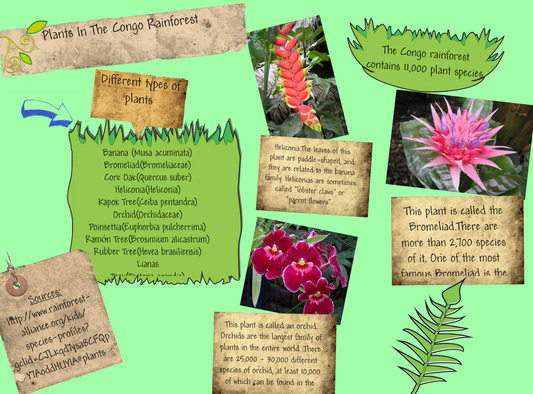
Rainforest Graphs and Photos more about the people of the rainforest Our Favorite Rainforest Resources: LAPBOOKS: Jimmie's Rainforest Lap book Inspiration Another Inspiring Lapbok from All Thats Good Homeschool Share has lapbooks for rainforest (although they are specific to the Amazon good research would be what differences can we find between the 2) Namibia Free Lesson Plan Ideas from
|
HISTORY
A Continent's History in short summary
Famous Africans and those who have made a difference for nations in Africa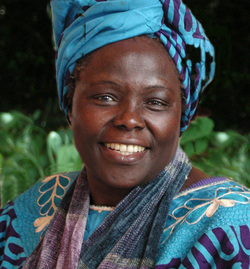
Wangari Muta Maathai Wangari Maathai was awarded the Nobel Peace Prize in 2004. In its citation, the Norwegian Nobel Committee noted Professor Maathai’s contribution to “sustainable development, democracy and peace.” The first woman in East and Central Africa to earn a doctorate degree, Professor Maathai became chair of the Department of Veterinary Anatomy and an associate professor in 1976 and 1977 respectively. In both cases, she was the first woman to attain those positions in the region. |
Homeschool Creations is a wonderful resource stop for any unit study on Africa. She creates simple Printables that we use in our new adventure of Notebooking.
This is a link to a very detailed ancient Egypt unit study. I like how its assembled in a manila envelope bound book so all the pieces/notebook pages stay together.
|

